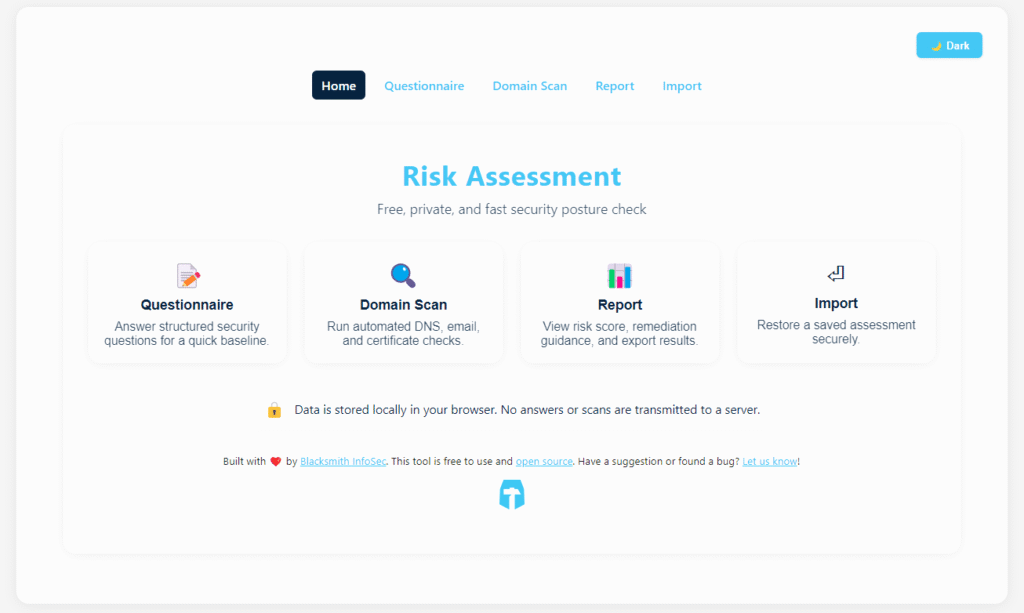Most organizations have compliance policies. Yet with compliance and risk constantly changing these days, policies alone don’t create a culture that can withstand regulatory scrutiny, reputation shocks, or evolving threats. To deliver true business resilience, compliance must be lived by every team, championed daily by leadership, and woven into the operational fabric of every department.
Leadership and Accountability: Tone from the Top
Compliance culture begins at the top. Effective leaders do more than issue mandates — they actively model compliance, communicate its business value, and back up words with visible action and resource allocation. Leadership accountability means integrating compliance into regular business review, performance metrics, and incentive systems. It’s about leaders demonstrating that compliance isn’t a checkbox: it’s core to organizational integrity and long-term growth.
Engaged, Scenario-Based Training for All
Traditional “read this, sign here” training falls short, especially with distributed workforces and evolving regulations. Modern organizations deliver frequent, scenario-based reinforcement that reflects real risk and job roles. New hires get early onboarding, and all employees experience refresher training — using real cases, table-top exercises, and decision scenarios — to build judgment and “muscle memory,” not just compliance knowledge.
Open Dialogue, Reporting, and Psychological Safety
A resilient compliance culture depends on open conversation, active listening, and psychological safety. Employees must know they can report concerns or mistakes without retaliation — transforming lessons learned into shared learning, not shame. Effective programs deploy anonymous hotlines, peer support networks, and celebrate positive reporting behaviors as much as technical successes. This climate encourages feedback, proactive problem solving, and risk reduction before failures occur.
Measuring Compliance Culture: Metrics That Matter
Checklists don’t build culture. Organizations need evidence that people are living compliance — capturing outcomes such as reporting rates, participation in voluntary compliance activities, peer recognition, and concrete risk reductions. Quantitative pulse surveys, qualitative interviews, and feedback from audits provide a truer picture of day-to-day compliance than policy acknowledgments alone.
Celebrating Success and Continuous Improvement
Resilient cultures spotlight and reward ethical behavior, improvement, and peer leadership. Organizations share stories of “compliance wins,” recognize employees who make tough ethical choices, and use incident reviews as fuel for ongoing learning — not as isolated critiques. When feedback leads to policy or practice changes, leaders communicate the “why,” building trust and shared ownership.
Cross-Functional Partnerships and Embedding Compliance
Effective compliance is never a solo act. Risk, HR, legal, and frontline operations teams play active roles, embedding compliance into their specific business processes — from procurement to project management to customer service. Appointing compliance champions across business units turns every team into stewards of integrity, making regulatory requirements part of the rhythm of organizational life.
Technology and Workflow Integration
Modern compliance cultures use technology for more than document storage. They embed compliance checks, automated reminders, and decision support into daily workflows — whether flagging third-party risks, confirming required approvals, or making training resources “just-in-time.” With compliance dashboards, collaboration tools, and centralized evidence libraries, compliance isn’t a bottleneck; it’s an enabler.
The Real Value of Compliance Culture
Building a resilient compliance culture is an organization-wide endeavor that begins with leadership and is powered by engaged teams with the help of technology and open communication. Moving beyond written policies into daily practice delivers lasting value: fewer incidents, greater trust with clients and regulators, and stronger organizational resilience in the face of emerging threats. In times of uncertainty and change, it’s the organizations with lived compliance cultures — not just thick policy manuals — that endure, adapt, and lead.



